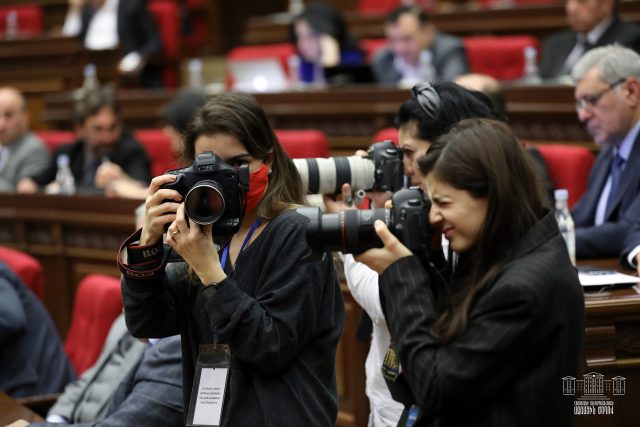I agree with the political analysts who have divided 12 of the post-Soviet states into two groups: authoritarian and semi-authoritarian (the Baltic countries, of course, are a completely different, European topic). Besides Armenia, the semi-authoritarian states include Georgia, Ukraine, Moldova, and Kyrgyzstan. It is important to note that Armenia did not gain that label over the last two years, but Armenia always had it over the last nearly three decades. The democratic situations in the other seven countries are worse. Essentially, there is no opposition in parliament or outside of the parliament, there are almost no influential opposition media outlets, and positions of authority are either inherited or not changed at all. There are many opposition forces in semi-authoritarian countries, including in their parliaments. There are free media outlets, harsh critiques of the authorities, and the authorities change at some point, although it sometimes takes place with small or large shockwaves (for example, in Armenia). With all of that being said, in the aforementioned countries, the opposition does not have any influence on legislation. There is a majority in the parliament that unconditionally carries out the demands of the leaders. In our case, 89 deputies vote “as they need to” and now they don’t even have to bother coming to parliament; they can express their loyalty through letters.
Read the entire editorial in Armenian: https://www.aravot.am/2020/07/09/1122359/?fbclid=IwAR0ihnc61Ahy_eWyZh1XuBB-a8HG6sY3Fw0WpCOiLzhcF5fB0OjjSfK7nJw
Aram Abrahamyan


























































